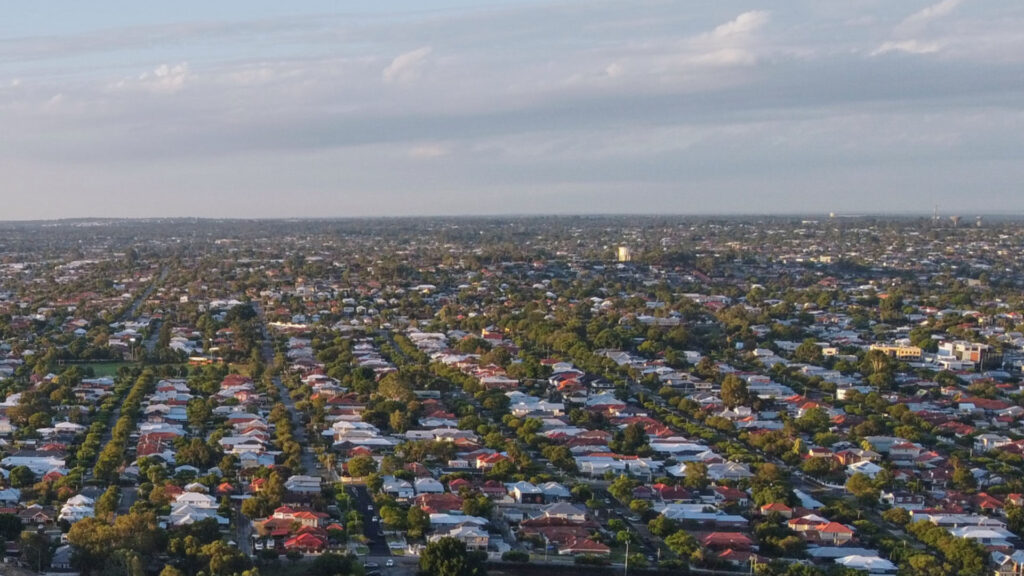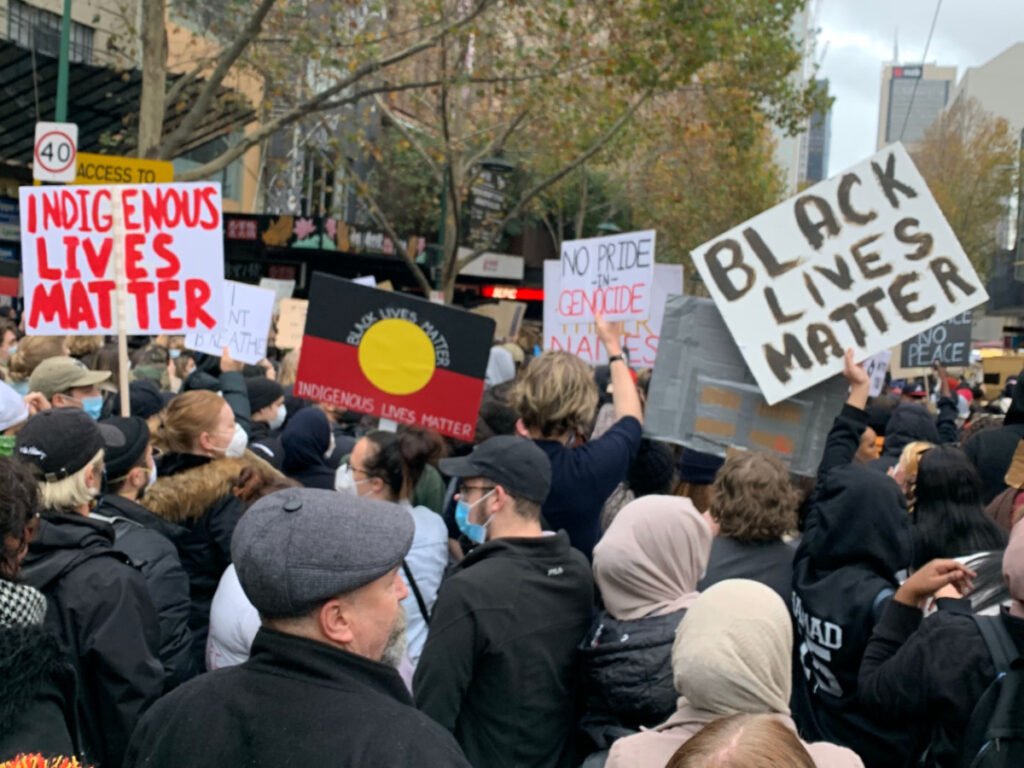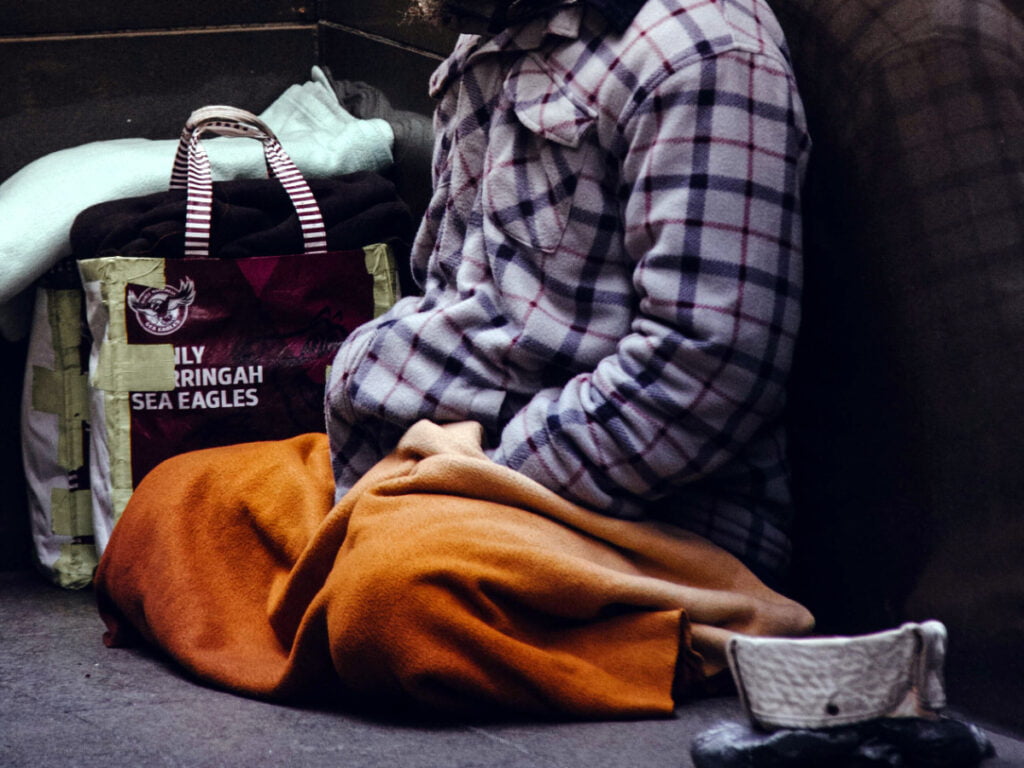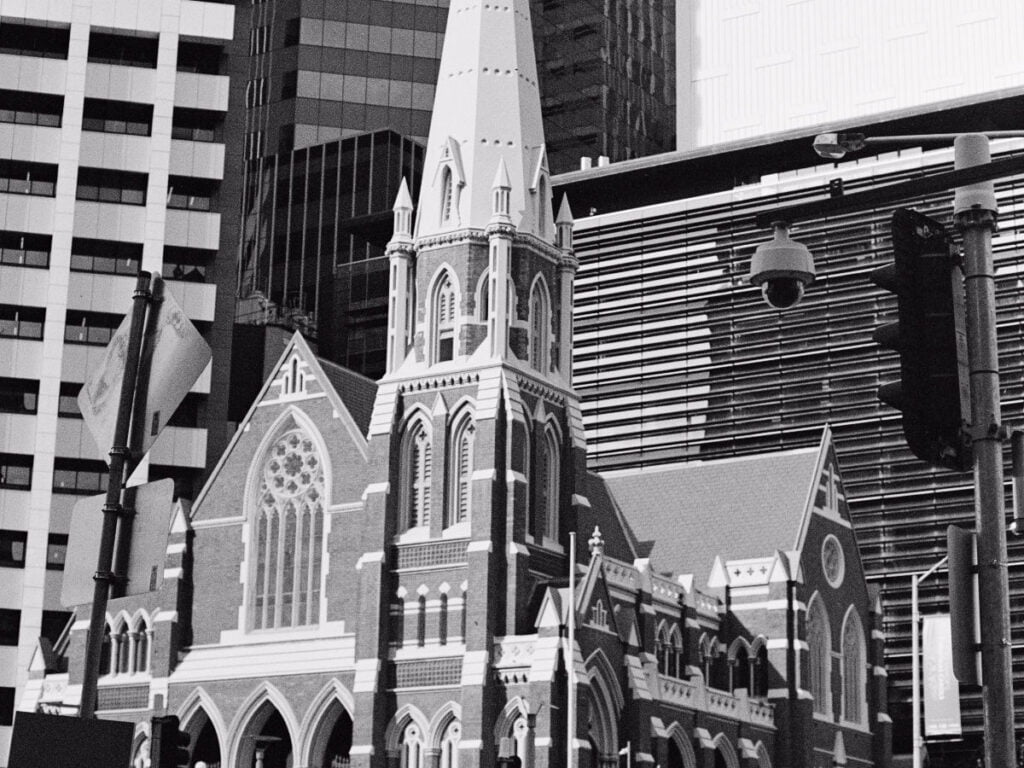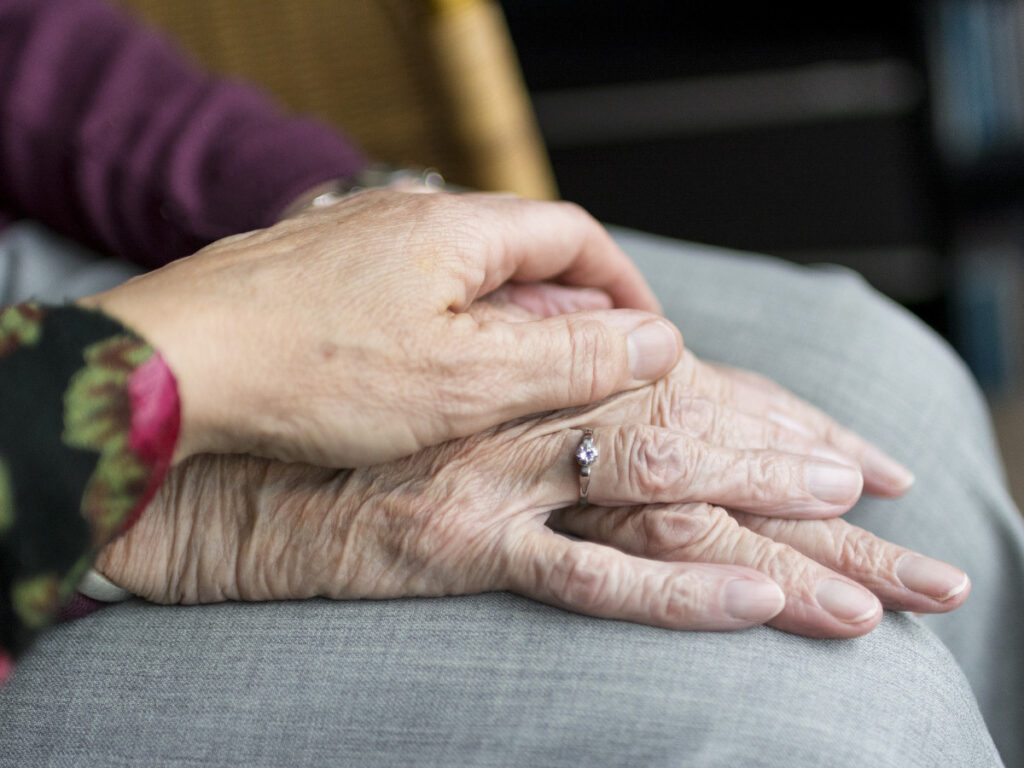Homelessness is a very simple problem that is often over-analyzed. The fact is that there is a group of people who have found themselves (for whatever reason) unable to secure a roof over their heads. Usually, they simply don’t have enough money, because rent is very high and wages are very low, meaning that even if you work full-time it’s extremely hard to afford a small apartment in many cities.
But it’s perfectly possible to simply provide a guaranteed right to housing. This is the approach Finland has taken.
They’re eradicating homelessness through the novel solution of providing housing for people. They took action, and as a result they went from having a substantial homeless population to the point where, by 2020, “practically no-one was sleeping rough on a given night in Finland.”



